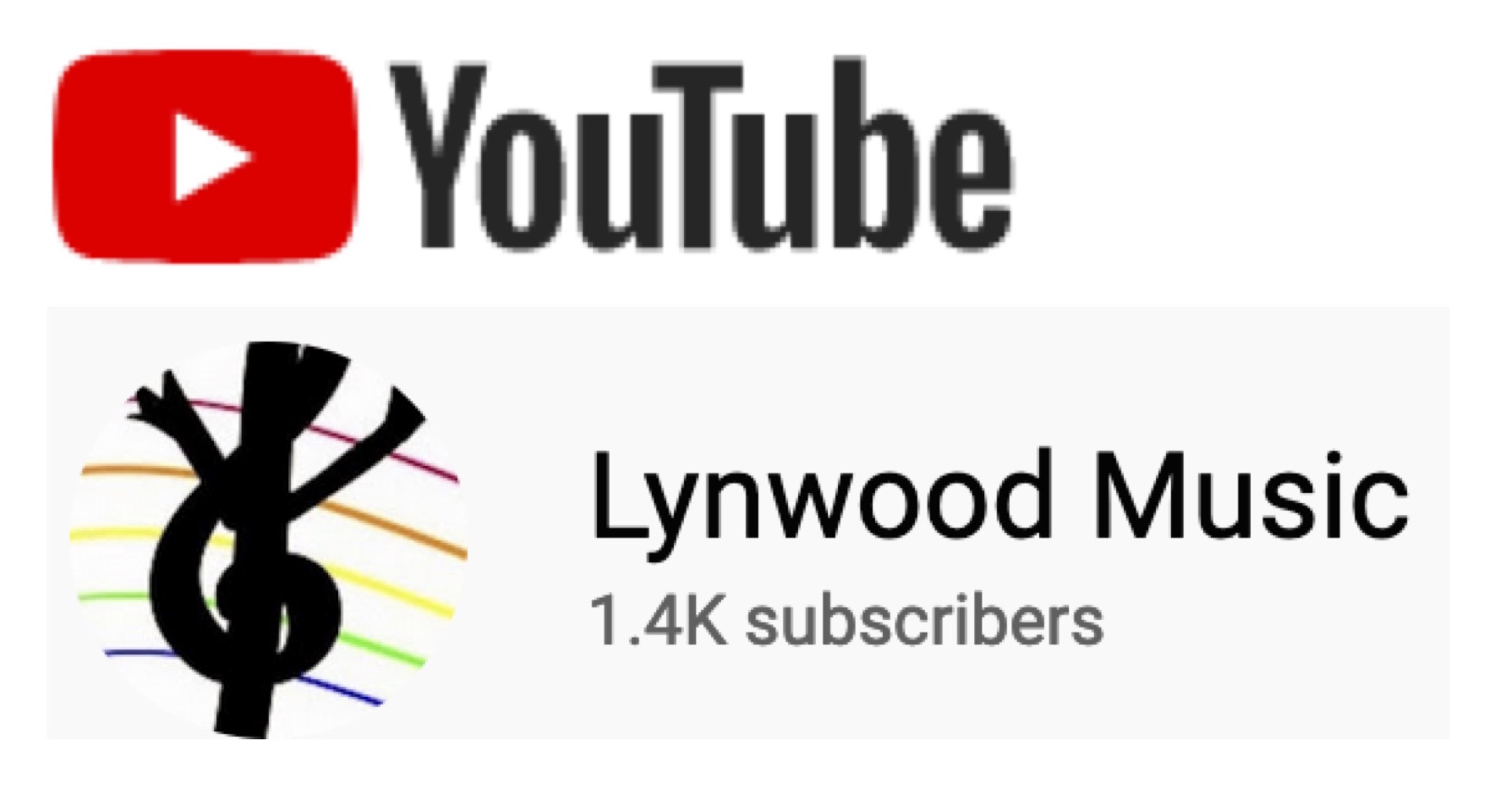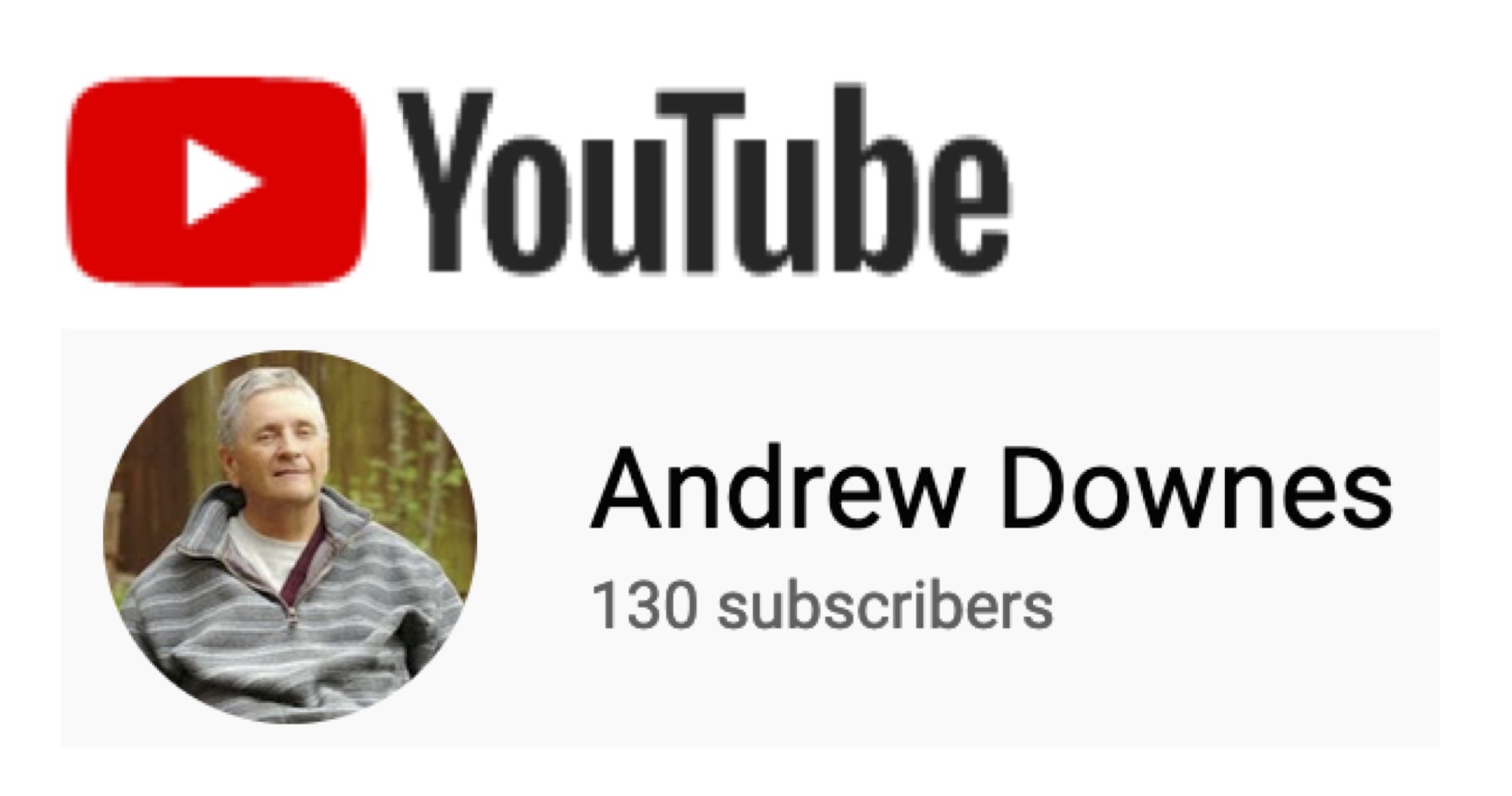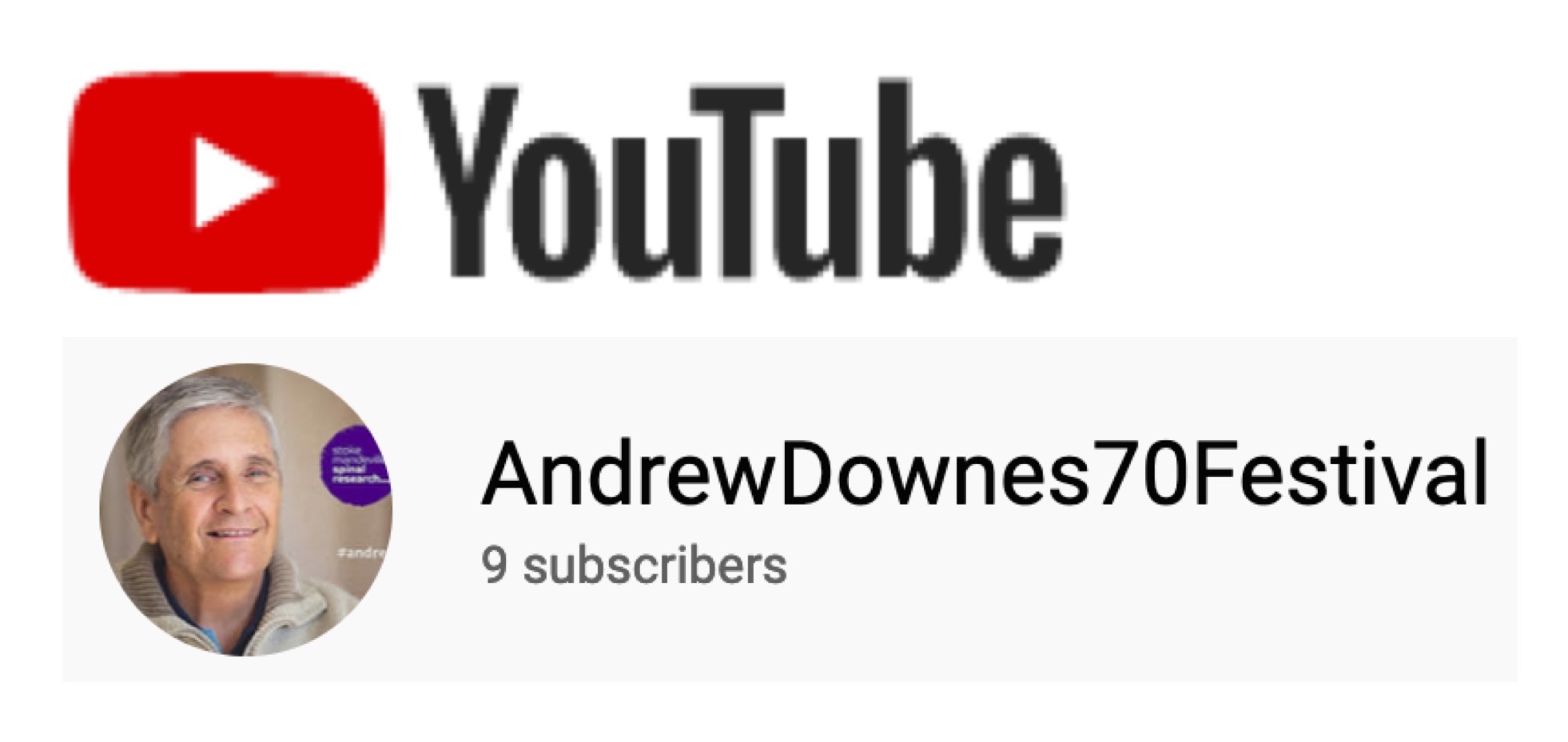Back to andrewdownes.com

Music Education
Resources by Paula Downes, a lot of music by Andrew Downes
The Elements of Music made fun!
On this page:
Introduction
Free Video Introduction
Definitions of The Elements of Music
Suggested activities for lessons
Crossword Worksheet
What are they? They are the building bricks of music. A composer uses these components to build a piece of music in the same way as a builder uses bricks to build a house.
This section of the website contains a free introductory video, definitions, teaching ideas, and a downloadable Crossword Worksheet to use as part of your lesson plan. These are excellent resources for Primary, Elementary, Secondary and High School Music.
Video Introduction
Return to the top of the page
Definitions of The Elements of Music:
Rhythm – different lengths of notes put together.
Pitch – the highness or lowness of a sound. Different instruments can play different pitches. A piccolo can play very high, whereas a double bass can play very low.
Harmony – Two or more pitches sounded together to create chords.
Texture – How the sounds are layered. You may have two melodies against each other. You may have one melody accompanied by chords. Sometimes you have many layers of sound creating a thick texture, sometimes you may only have one layer of sound, creating a thin texture.
Timbre – the particular tone quality of an instrument or combination of instruments.
Articulation – the way notes are played. They can be short and sharp or long and smooth.
Tempo – how fast or slow the pulse of the music is.
Structure – how the music is put together. It may be through-composed with no returning sections, or you may get a section that keeps returning.
Silence – an extremely important element, which allows for a breath, a rest, or a dramatic pause.
Suggested activities for lessons on the Elements of Music:
Download and print the attractive Crossword Worksheet or try some of these:
Rhythm
Get a shaker or a drum and improvise some rhythms. Compose a piece of music with two different repeating rhythms, ‘A’ and ‘B’, and perform it ABA plus an ending.
Pitch
Go to a piano or keyboard and work out where the high notes, middle notes and low notes are. Decide on a theme, (eg, the sea, animals, monsters and fairies) and compose a piece using different pitches to depict it.
Dynamics
Experiment with singing or playing a piece of your choice really loudly and really quietly, and getting louder and softer gradually and suddenly. Perform your work to the class.
Harmony
Divide the class into two, and sing ‘Three Blind Mice’. Notice that you are creating harmonies. Divide the class into three and you will be creating complete chords.
Texture
Sing ‘London’s Burning’ as a round and keep adding more people/groups to create more layers. In pairs, one of you sing a drone or plays a beat on a drum while the other one sings a melody and notice the thin texture you are creating.
Timbre
Experiment by first playing the same note on as many different instruments as possible (class members could bring along instruments). Discuss the different tone qualities. Then experiment with adding different instruments together.
Articulation
In groups, experiment with different articulations on different instruments and then try to imitate fireworks using a combination of different articulations.
Tempo
In groups, compose a rhythmic piece of music using voice and body percussion to conjure up the journey of a train. The rhythms should stay the same but the pulse should change depending on where you are in the journey.
Structure and Silence
In groups, decide on an element of music and compose a piece using body percussion and voice. There must be a beginning, middle and end, and there must be a moment of silence in your piece. Perform your piece to the class asking them to guess which element you have chosen.
Crossword Worksheet
Download the attractive Crossword Worksheet now to consolidate your knowledge.
Return to the top of the page
Home>Music Theory>The Elements of Music
Music Education
Resources by Paula Downes, a lot of music by Andrew Downes

Back to andrewdownes.com
Follow Cynthia Downes on Instagram to keep up-to-date with her blog posts.
If you have performed in any of Andrew Downes' works or come to listen, please share your experiences in the Premieres Blog! Also see what others have said. Thank you so much for your contribution.


